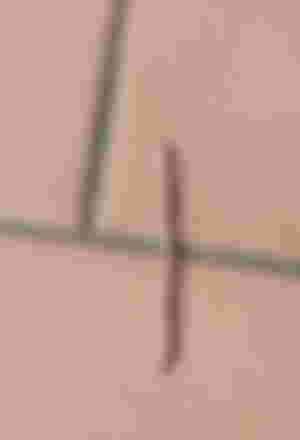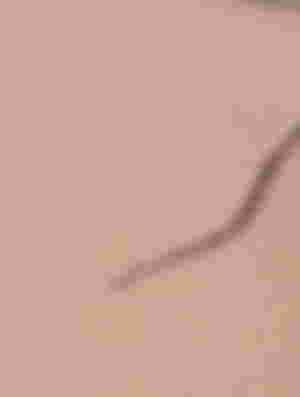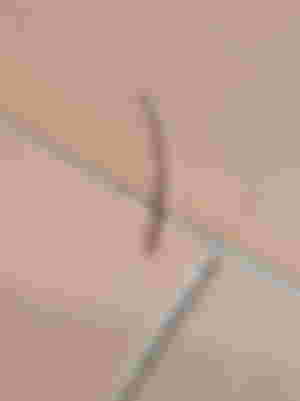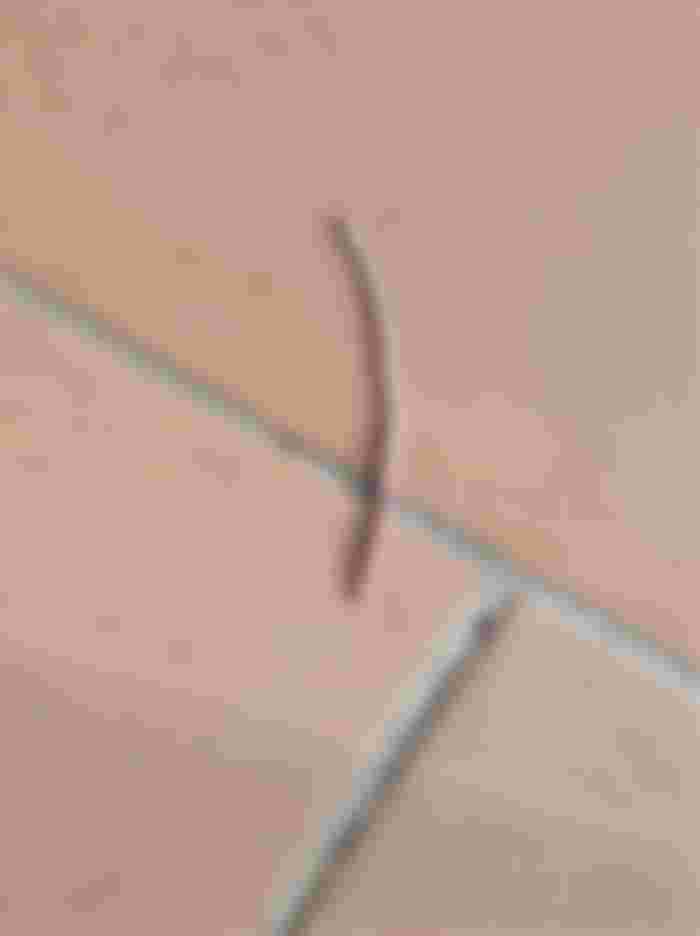Receive a greeting full of the best energy for you to have an excellent day. I have been on a forced vacation but here I am again, to offer you information about the earthworm.
My mom used to tell us not to walk barefoot in the ground because the worms would crawl in through our feet but reading here and there I found out that the earthworm is not related to the intestinal worm. The first is an oligochaete annelid and lives in the soil; the other is a nematode that lives in the human body and is harmful to health.
The photos illustrating this publication were taken in the house where I live in Margarita, Venezuela. I was shocked to see a baby worm in the living room of the house, so I immediately remembered my mom's words. Now that I am at home in Cumaná, Venezuela. I started reading about these little animals that look disgusting but are very important for the earth. I'll tell you why.

Earthworm: characteristics and structure
This annelid is an invertebrate animal that lives in gardens, fields or any space with soil. Its body is cylindrical, humid and segmented, and its rings or metameres are used to dig in the soil making galleries or tunnels while feeding on organic remains and defecating at the same time. It also has the ability to regenerate when it loses part of its segments, as long as it is the section containing the head, because metamerization originates from the head to the tip, leaving the older segments towards the rear. Although it can be said that from the mouth to the anus.
The digestive tract covers the whole body and is adapted to consume vegetable matter. This group of animals fulfills a function according to the location they have on the ground. They can move in both directions without any problem.
Lumbricidae breathe through the skin, that is, they have cutaneous respiration. They are hermaphrodites, which means that they have both sexes, male and female, but they do not fertilize by themselves and come to the surface at night to mate. About twenty eggs are buried and the small worms emerge to the surface at about two to four weeks. For this reason I found the little worms inside the house, as we are in rainy weather. Now I remember that when I went to the yard there were several in the water, as it had rained a lot that day.Hatching may take a while if the humidity conditions decrease.

Humus and earthworm. Are they related?
It seems unbelievable but there is a link called vermiculture, this refers to the breeding of earthworms in a bed of organic matter that can then be used as compost to optimize soil nutrients. This natural fertilizer made by the annelids is called humus which is necessary to improve the production of any soil.
The earthworms by digging in the soil and with their fecal matter fulfill vital functions of:
-Oxygenation.
-Transport of nutrients and minerals.
-They contribute to fertilization by providing phosphorus, potassium and nitrogen.

Vermicompost
One way to raise worms is to "sow" them directly in the soil, I like this process better and the other way is with the construction of a vermicompost. With any of the two ways you are collaborating with the environment, you protect your plants and you save money, because you do not have to buy fertilizer, for these reasons it is more valuable to obtain your own humus.
Basically, it consists of creating a bed for the animals and feeding them with a little out of organic waste; obviously not all the waste is usable, for example, waste with fat, flour. At this point, I find the explanation for the visit of the worms in the house; you know that in the yard I threw all the vegetable waste, then the worms that were already there multiplied by obtaining food from what they found in the place. They had everything to live in the soil of the patio.
If you want to build a worm farm, I recommend you to visit the web and there you will find several models to make the one that suits you best. It is very important to keep the soil moist and to use red worms called Californian worms.
Therefore, earthworms provide us with a natural service of modifying the soil, either to improve the soil structure or to create new and fertile soils, suitable for planting and biodiversity. This means that where there are earthworms the soil is healthy and balanced; in this sense they are very important for the ecosystems. Additionally, they provide sustenance for other animals such as birds and insects, for example. To conclude, I would like to say that the color of the soil rich in humus is black and has a fresh earthy smell, thanks to the work of these generous animals.
I hope this information is useful and thank you all for reading this publication. I welcome any comments that will help to nurture this information.

The photos were taken with a Redmi 9. The worm was quite small. I think the size of a little finger.

Reading references
https://www.naturalista.mx/taxa/69758
https://atlasanimal.com/lombriz-tierra/
https://www.animales.website/lombriz/
https://www.nationalgeographic.es/animales/lombriz-de-tierra
https://es.wikipedia.org/wiki/Lumbricidae
https://www.healthychildren.org/Spanish/health-issues/conditions/skin/Paginas/Pinworms.aspx
https://www.youtube.com/watch?v=QnjIZp-FudU
Translated with www.DeepL.com/Translator (free version)







Earthworms serves as a fertilizer that's why they're important in cultivating plants, but everytime I see one I get scared.